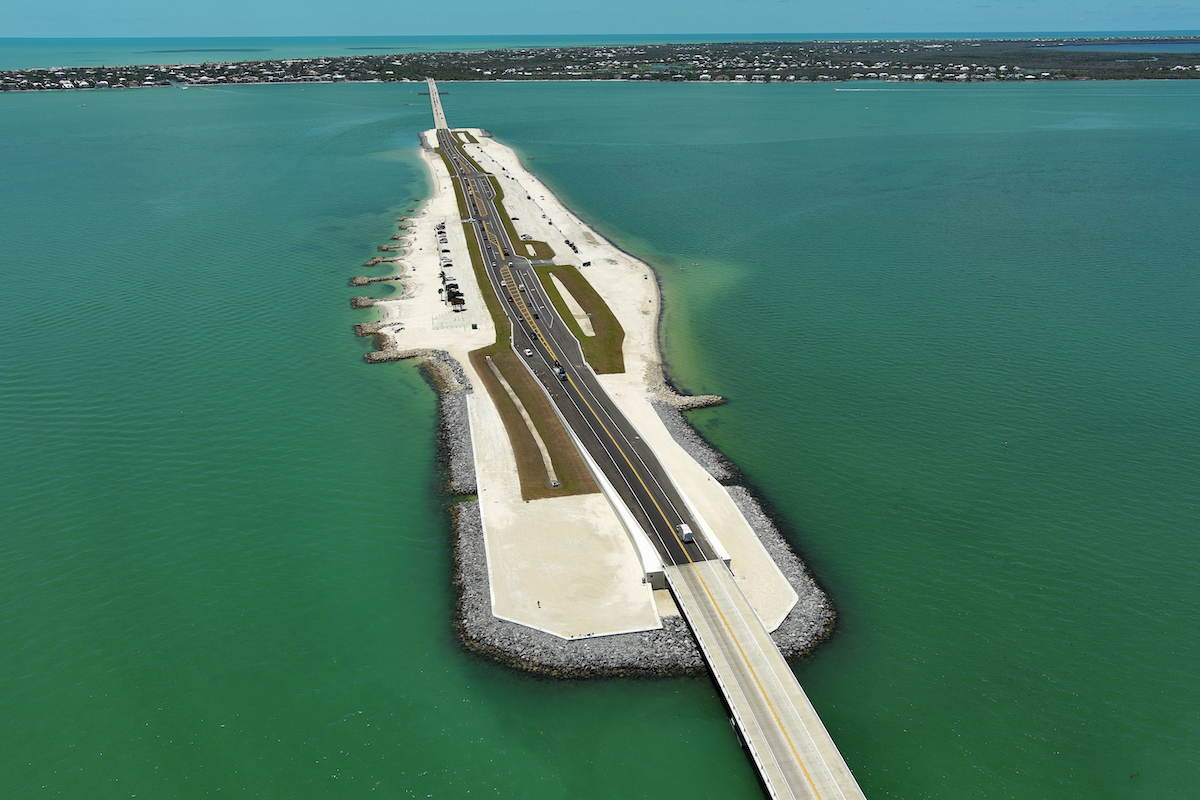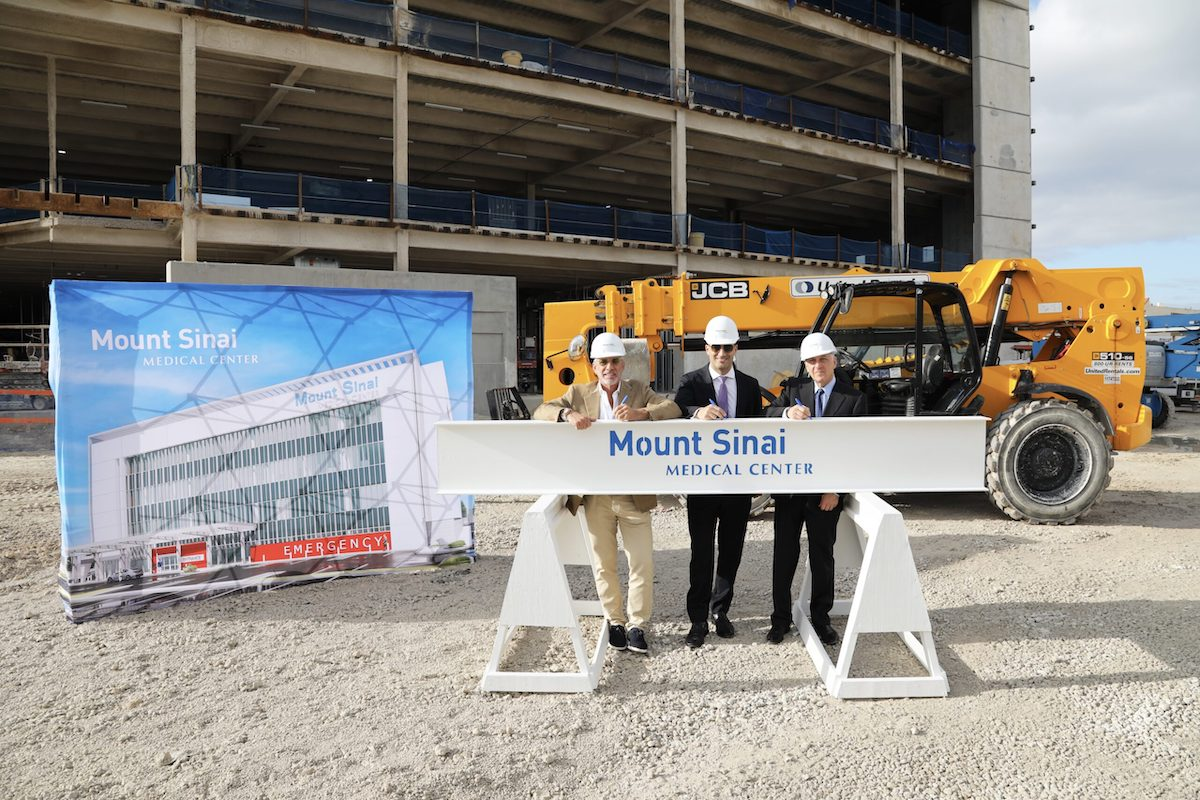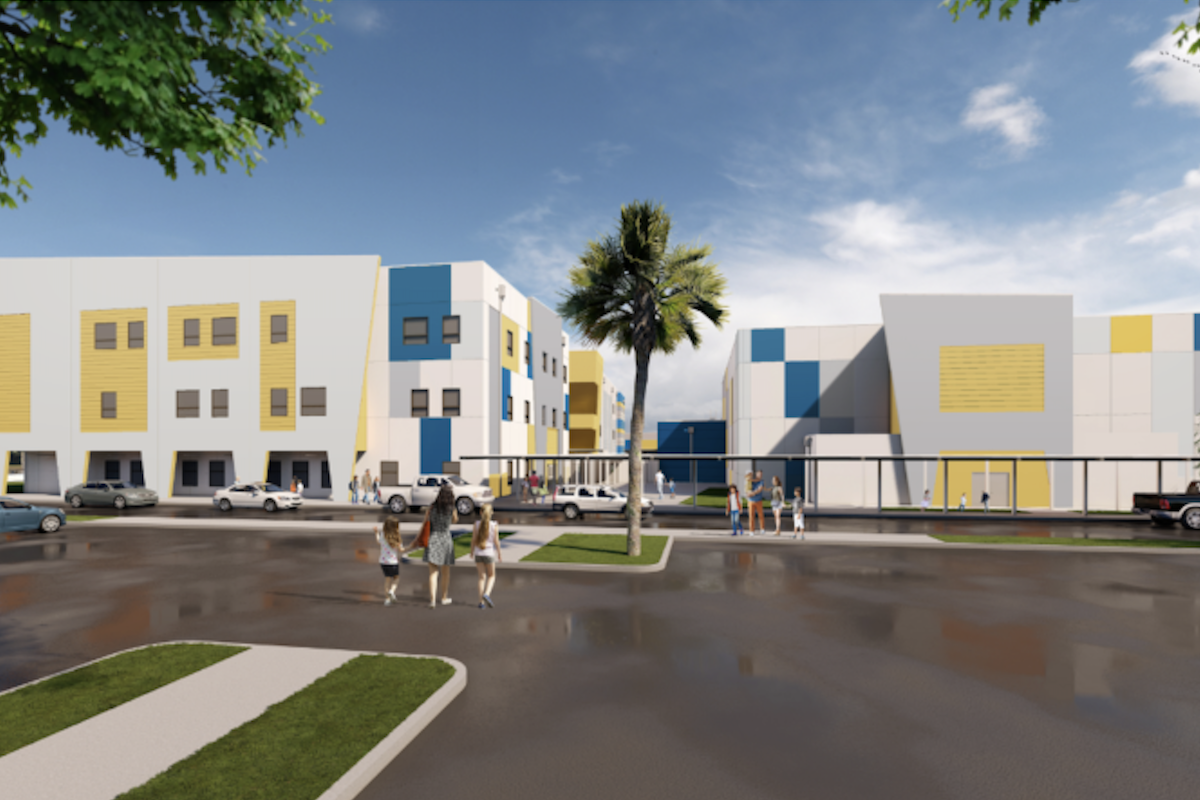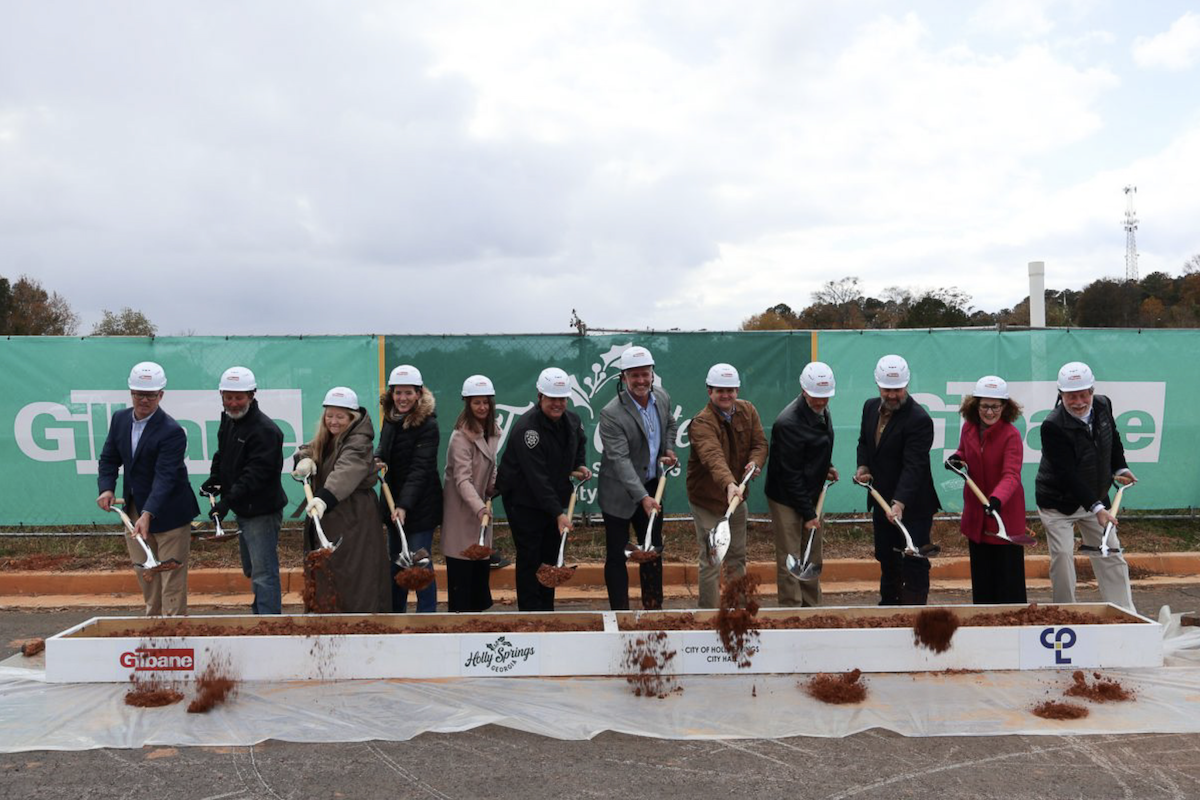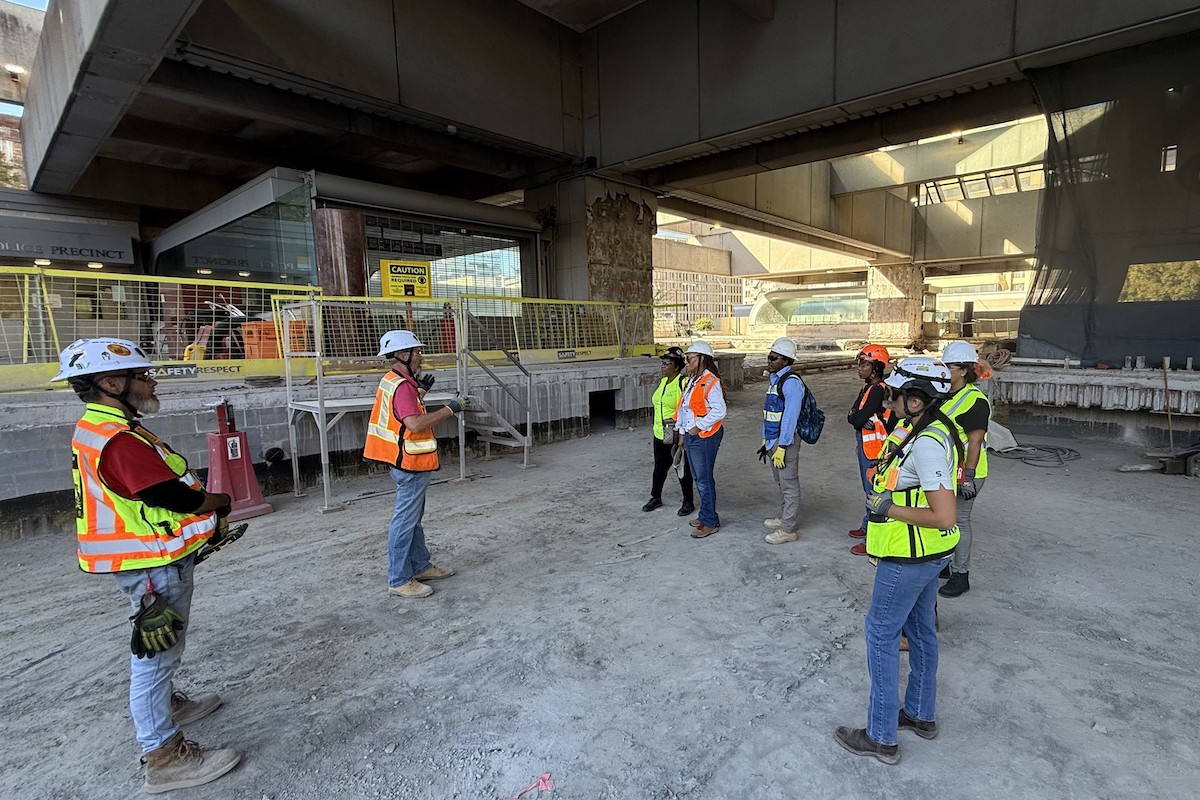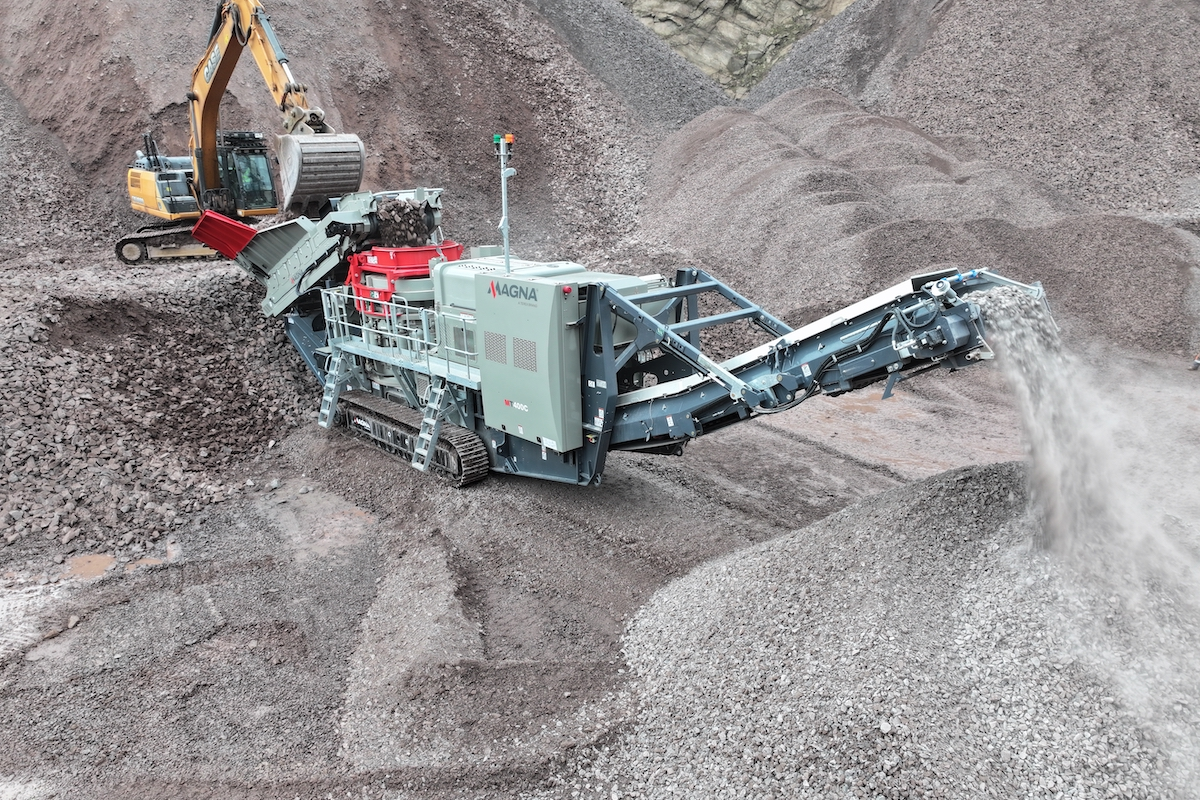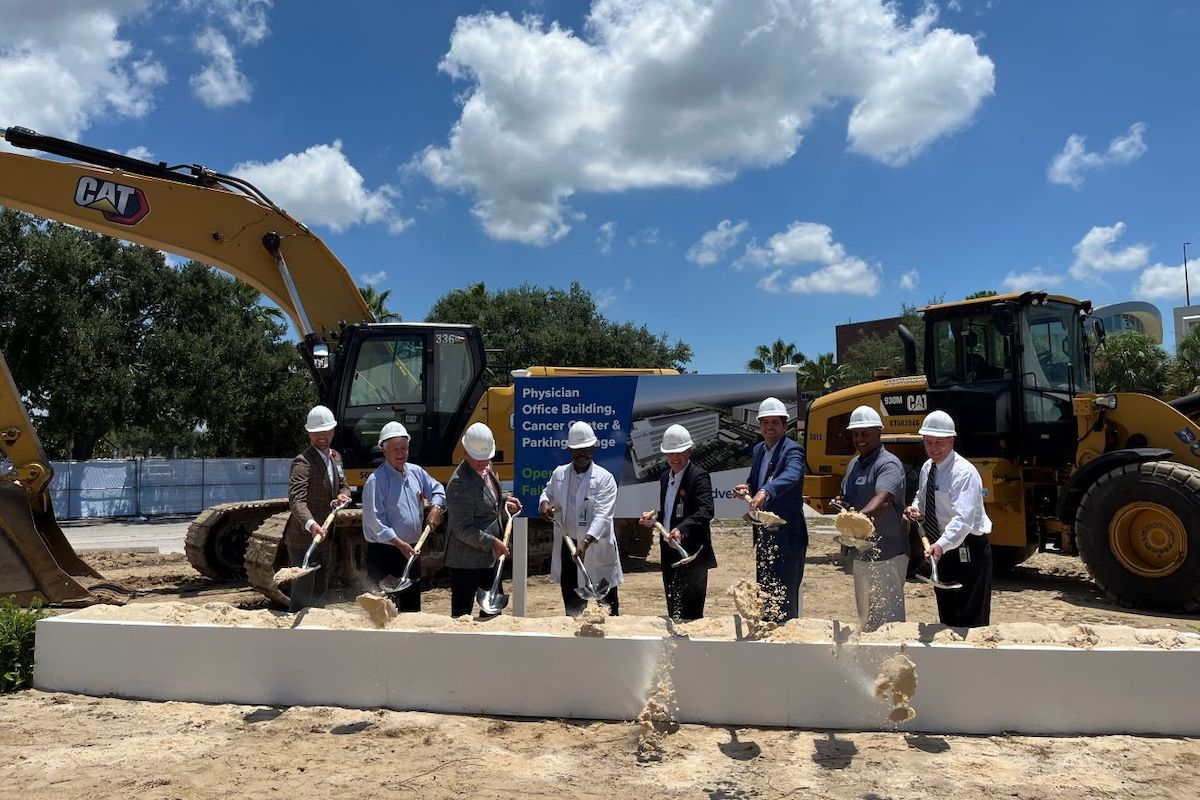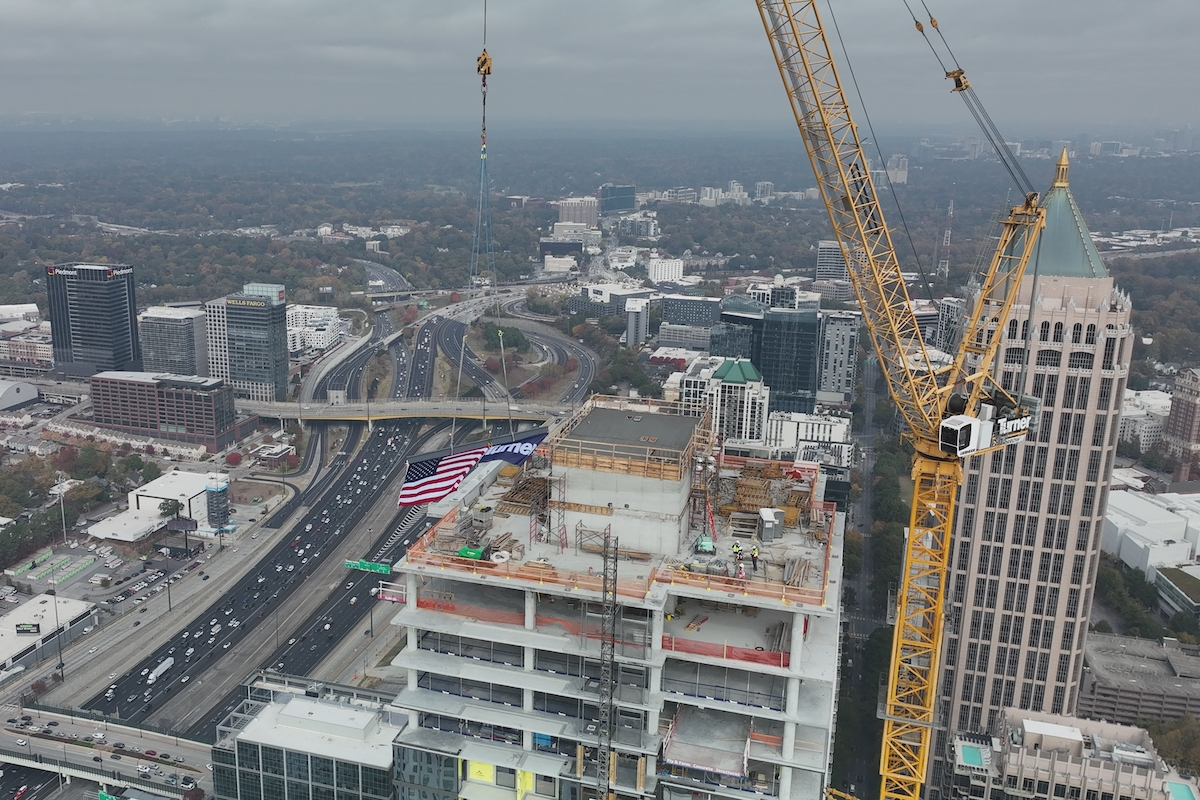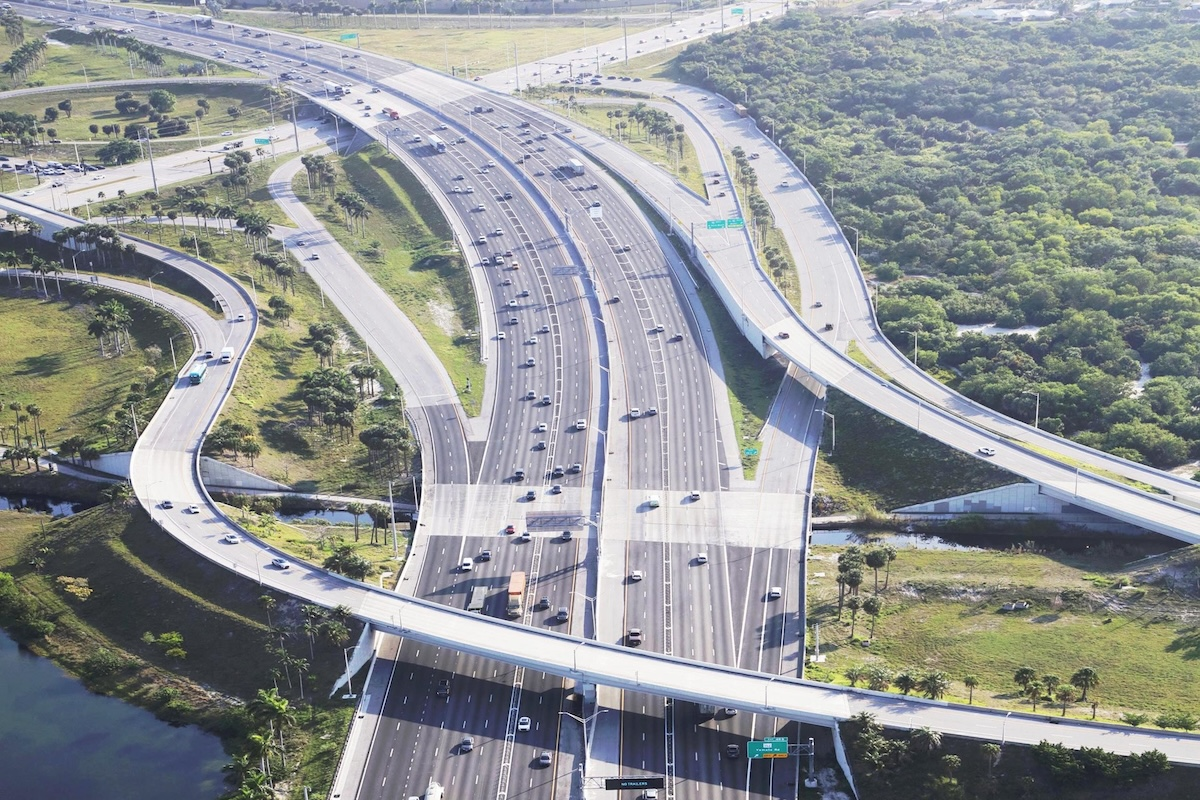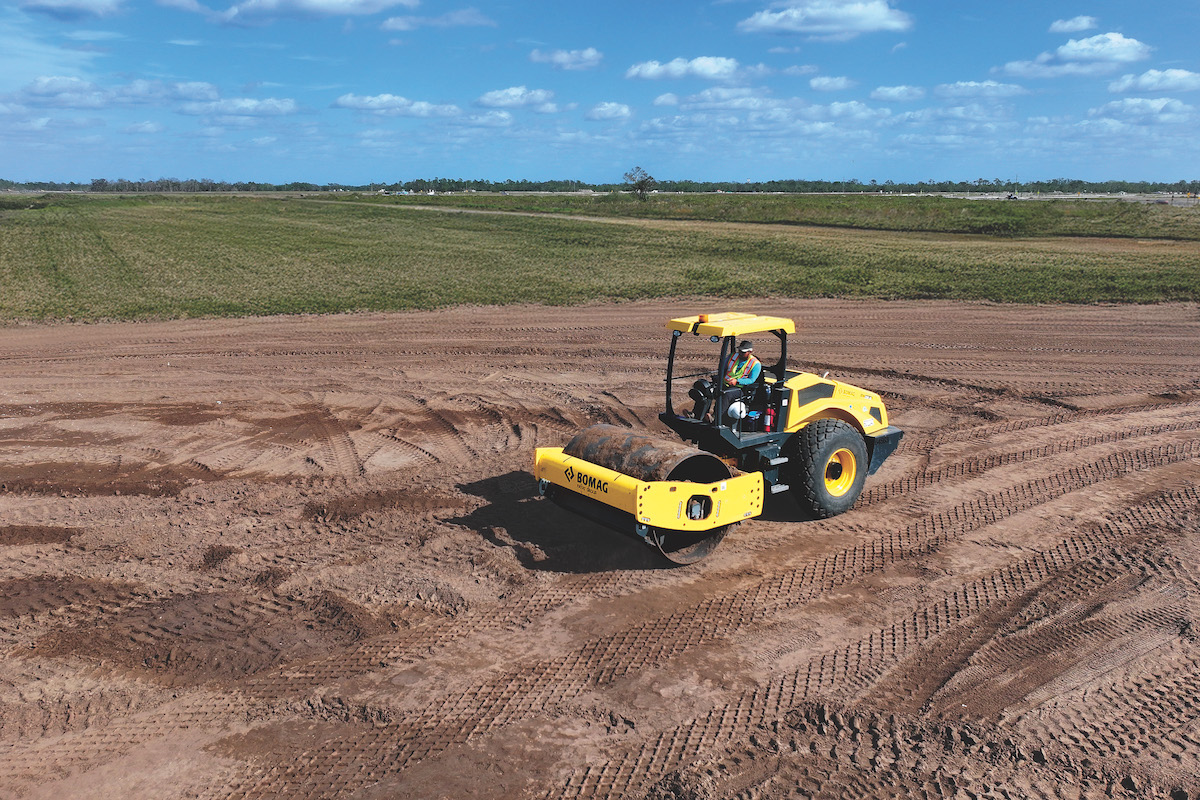An integrated team of VHB bicycle and pedestrian planners, transportation, and stormwater engineers collaborated to help the City of Orlando design and construct two separate segments to complete the signature 12-foot-wide, paved trail and elevate placemaking, safety, and equity in the process. The trail meanders through the city’s museum and cultural district at Loch Haven Park, Mead Gardens, and around six lakes and historic neighborhoods. Average daily ridership is more than 500 bicyclists and pedestrians.
VHB led trail design, plans development, spec packages, and post-design construction phases along more than three miles of new asphalt and concrete portions. Various typical sections and alignments were developed to accommodate clear zones and stormwater needs. The team also completed a signal warrant analysis that led to a full signal for safe pedestrian crossing at Magnolia Avenue.
Our relationships with a diverse group of stakeholders helped move the trail project forward on time and under budget.
“We worked closely with the representatives from the city, South Downtown (SoDo) Improvement District, Central Florida Commuter Rail Commision (CFCRC), FDOT, and local bike advocacy groups to make certain the new trail segments would benefit all users and integrate seamlessly with large projects like I-4 Ultimate and Sunrail stations,” said Ryan Verdel, PE, Assistant Director, Transportation Infrastructure at VHB.

| Your local Bobcat dealer |
|---|
| Pinnacle Central Co Inc |
The new southern extension along Division Street between Michigan Street and Anderson Street near Downtown traverses a busy Sunrail station and segues through an industrial area that is expanding with new development. Trail visitors will also be able to access a significant memorial and museum planned to commemorate the 2016 Pulse nightclub tragedy nearby.
A second gap segment along Orange Avenue and Weber Street between the new SR 50 pedestrian overpass approach and Magnolia Avenue included the development of a separated bike lane along Orange Avenue and a typical section to accommodate sidewalk and trail users. The gap portion required close coordination with FDOT’s I-4 Ultimate improvement project, a 21-plus mile, $2.3-billion improvement project on Central Florida’s most heavily traveled interstate that aims to create a signature corridor to connect communities and enhance livability along the interstate.
Decorative crosswalks, a mix of hardscape treatments on the sidewalks, bright color patterns, and a glow in the dark aggregate on alternate panels of the sidewalk in the southern portion of the trail create cohesion. The aggregate collects sun during the day to subtly light the path at night and incorporates light in the corridor in an unexpected way.
“The Urban Trail project is a great example of how VHB’s different disciplines collaborate to bring a project to fruition that benefits the whole community,” said Marc Hustad, PE, Orlando Managing Director.














